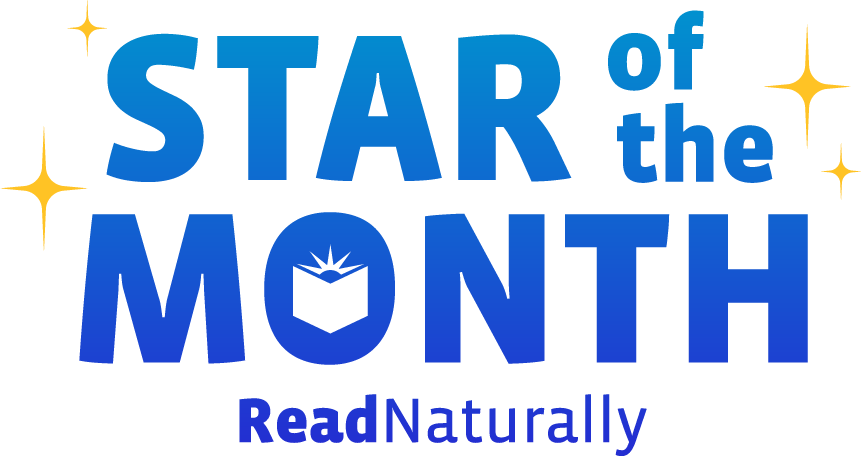The second year of my Read Live lab at the new school continues to go smoothly, and I am grateful to have drawn from last year’s stories to improve my process this year. Of course, just as things were starting to feel easy breezy, we hit an unexpected bump.
Read more In my previous blog post , I explained my process for helping students answer questions #3 and #6, the vocabulary questions, correctly in Read Live. Part of my process involved motivating the students to do their best work, which I explained in detail in my previous post. In this post, I’ll delve into the details of how I set up and presented the lesson demonstrating how to answer questions #3 and #6 successfully.
Read more Do you have high reading comprehension? This question isn’t as easy to answer as you might think.
Read more Reading without comprehension is about as much fun as looking at a page of jumbled letters. What’s the point? The reason we read is to gain knowledge, to enrich our lives, and to be entertained. None of these things can happen without comprehension.
Read more Flip on the 2016 Summer Olympics, and you’ll quickly see that today’s athletes are the best of all time. Records are being shattered left and right. The best sprint times of Jesse Owens, once considered the fastest runner in the world, wouldn’t even earn him a medal today. And if you really want to be blown away, compare the Olympic women gymnasts of 1936 to the “Final Five” who captured the gold in Rio. To say there’s no comparison would be an understatement.
Read more Some ELL students learning to read in English may need additional support in the Read Along step of Read Naturally Strategy programs. We've built this extra support into many of our levels for Spanish-speaking ELL students.
Read more How do we teach students to comprehend what they read? Educators have explored this question for decades. They've implemented strategies, developed lessons, and gained insights into what seems to work and what doesn't. Until recently, however, the question of comprehension was not explored in terms of what happens in our brains when we understand what we read. Today, thanks to advancements in neuroscience, we’re able to add this piece to the puzzle.
Read more What are some similarities and differences between the Taj Mahal and the Golden Temple? What do Read Naturally programs have in common with the Common Core State Standards? How do these questions relate to each other, and most importantly, how do they relate to free resources for teachers?
The Common Core State Standards (CCSS) specify that students should have the ability to analyze how two or more texts address similar themes or topics. Drawing comparisons in this way helps students build knowledge and think critically about the different approaches of various texts.
Read more What makes Sherlock Holmes such a great detective? Many would say it’s his remarkable attention to detail: Holmes doesn’t just climb a set of stairs; he knows exactly how many steps there are. Others would credit his ability to infer: Holmes is a master at interpreting subtle hints. And what about the way he connects information? Holmes can always piece together the clues needed to solve his case.
Read more If your students have been using Read Naturally since the beginning of the year, they should now have a pretty good handle on using the program. You should be able to spend your time monitoring their progress and differentiating instruction instead of reminding them what they need to be doing. In addition to checking their hot and cold timings to look at their progress (and making any necessary adjustments), you should be checking how each student is doing on the comprehension questions. Is the student getting at least 80% of the questions correct? Do you have some students who are consistently getting certain questions wrong?
Read more  Share your student’s success story—nominate him or her for our Star of the Month award. Win a Barnes & Noble gift card for the student and a Read Naturally gift certificate for your class!
Share your student’s success story—nominate him or her for our Star of the Month award. Win a Barnes & Noble gift card for the student and a Read Naturally gift certificate for your class!